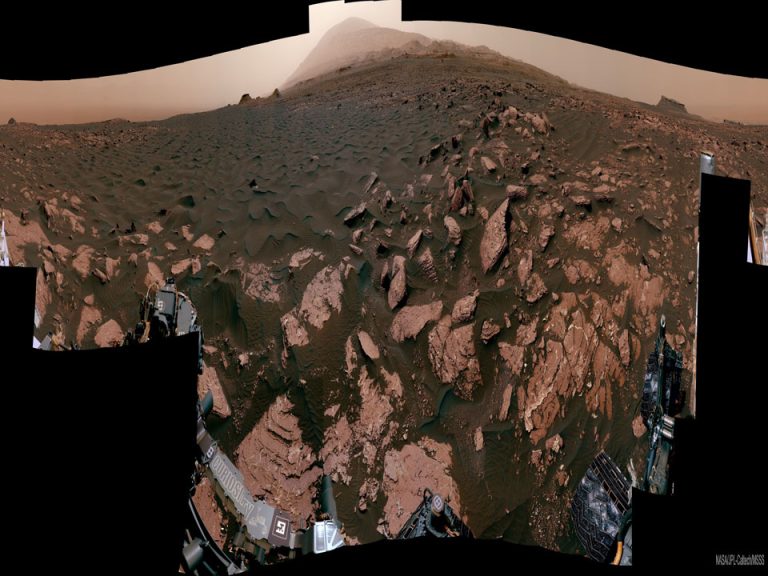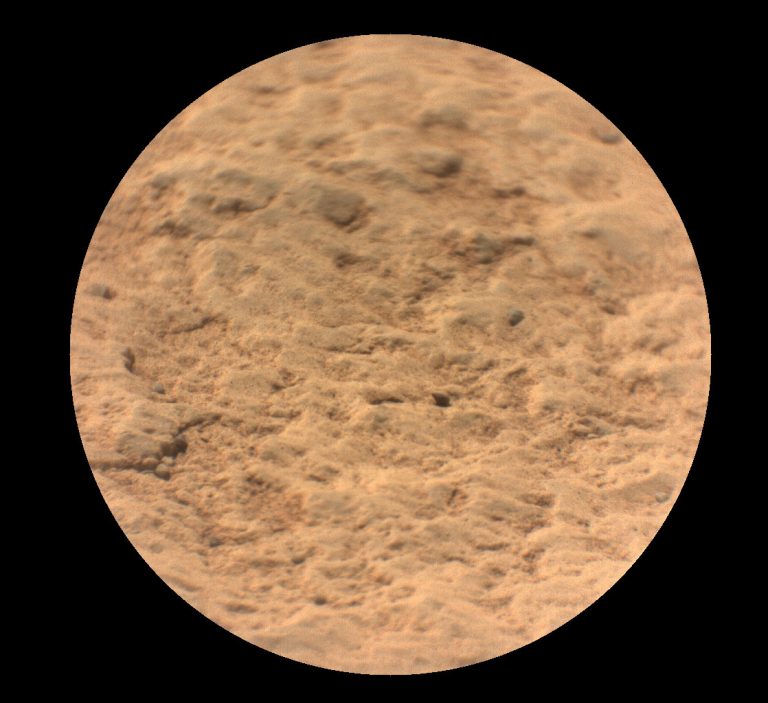2024年7月8日
Exoplanet Zoo: Other Stars
Illustration Credit & Copyright: Martin Vargic, Halcyon Maps
Explanation: Do other stars have planets like our Sun? Surely they do, and evidence includes slight star wobbles created by the gravity of orbiting exoplanets and slight star dimmings caused by orbiting planets moving in front. In all, there have now been over 5,500 exoplanets discovered, including thousands by NASA‘s space-based Kepler and TESS missions, and over 100 by ESO‘s ground-based HARPS instrument. Featured here is an illustrated guess as to what some of these exoplanets might look like. Neptune-type planets occupy the middle and are colored blue because of blue-scattering atmospheric methane they might contain. On the sides of the illustration, Jupiter-type planets are shown, colored tan and red from the scatterings of atmospheric gases that likely include small amounts of carbon. Interspersed are many Earth-type rocky planets of many colors. As more exoplanets are discovered and investigated, humanity is developing a better understanding of how common Earth-like planets are, and how common life might be in the universe.
Tomorrow’s picture: highest clouds
系外行星大观
图示提供与版权: Martin Vargic, Halcyon Maps
说明: 其他恒星是否也像太阳一样拥有行星?当然有。支持的证据包括:周围绕行的行星之重力所引起的微量母星晃动,以及行星通过恒星前方时所造成的微小星光减弱。到目前为止,总共已经发现了超过5,500颗系外行星,其中的数千颗,是由NASA的开普勒卫星(Kepler)和凌日系外行星巡天卫星(TESS)任务所发现的,还有100多颗,是由欧南天文台的地面HARPS仪器所侦测的。这张主题图示,呈现了部分这些系外行星可能模样的揣测。图示中央的海王星级行星之所色泽泛蓝,是由于它们可能含有会散射蓝光的大气甲烷。图示两侧的木星级行星,由于其大气可能含有少量的碳,经由散射可能让这些行星的外观呈棕色和红色。图示里还间杂着许多色泽各异的地球级石质行星。随着发现和研究更多的系外行星,人类对类地球行星的普遍性及宇宙中生命有多常见,有了更深入的了解。
明日的图片: highest clouds








One Comment